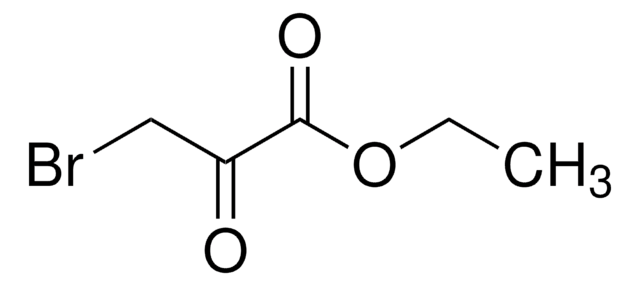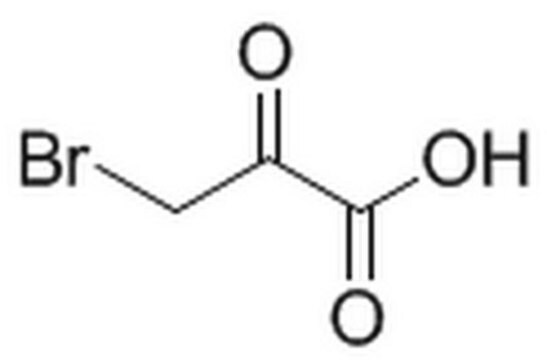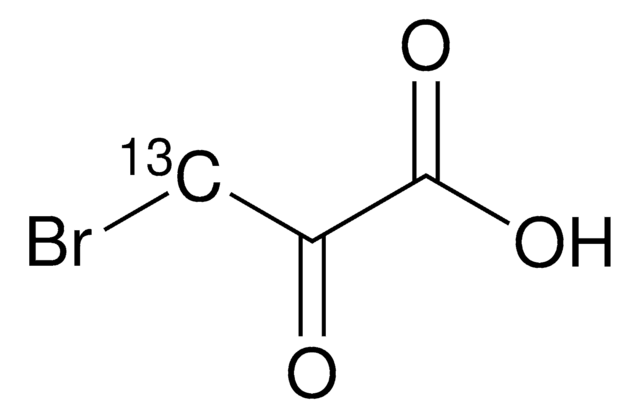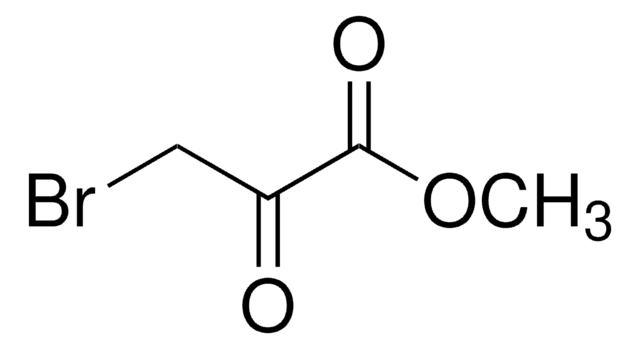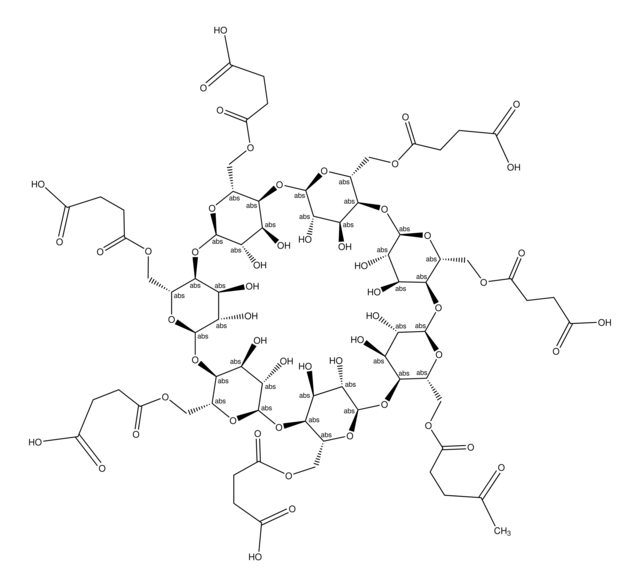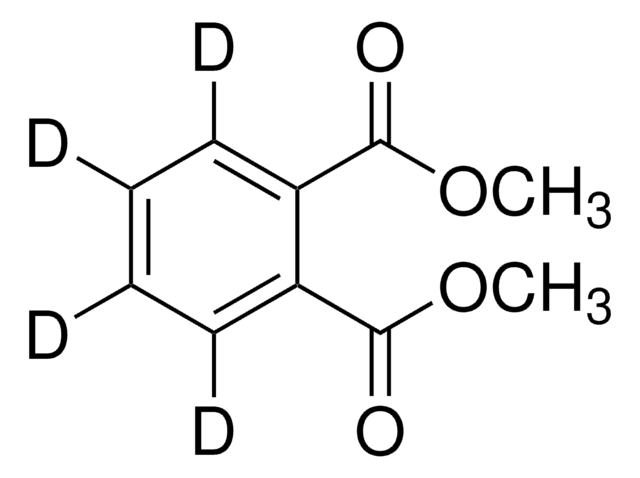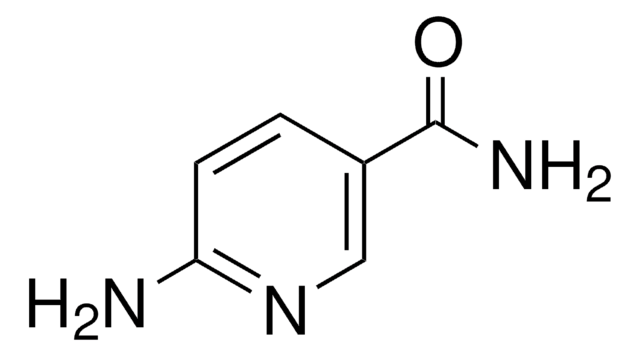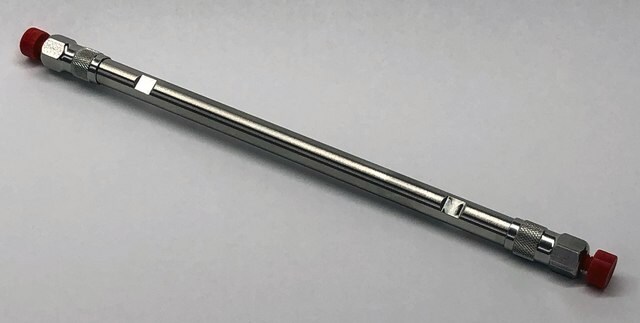Wichtige Dokumente
16490
Brombrenztraubensäure
≥98.0%
Synonym(e):
3-Brom-2-oxopropionsäure
About This Item
Empfohlene Produkte
Qualitätsniveau
Assay
≥98.0%
Form
(Powder or Crystals or Flakes)
mp (Schmelzpunkt)
77-82 °C
Löslichkeit
water: soluble 1 g/10 mL, clear to very slightly hazy, colorless
Funktionelle Gruppe
bromo
carboxylic acid
ketone
Lagertemp.
2-8°C
SMILES String
OC(=O)C(=O)CBr
InChI
1S/C3H3BrO3/c4-1-2(5)3(6)7/h1H2,(H,6,7)
InChIKey
PRRZDZJYSJLDBS-UHFFFAOYSA-N
Suchen Sie nach ähnlichen Produkten? Aufrufen Leitfaden zum Produktvergleich
Allgemeine Beschreibung
Anwendung
Sonstige Hinweise
Signalwort
Danger
H-Sätze
Gefahreneinstufungen
Eye Dam. 1 - Skin Corr. 1B
Lagerklassenschlüssel
8A - Combustible corrosive hazardous materials
WGK
WGK 3
Flammpunkt (°F)
Not applicable
Flammpunkt (°C)
Not applicable
Persönliche Schutzausrüstung
Eyeshields, Faceshields, Gloves, type P3 (EN 143) respirator cartridges
Hier finden Sie alle aktuellen Versionen:
Besitzen Sie dieses Produkt bereits?
In der Dokumentenbibliothek finden Sie die Dokumentation zu den Produkten, die Sie kürzlich erworben haben.
Kunden haben sich ebenfalls angesehen
Artikel
We presents an article about the Warburg effect, and how it is the enhanced conversion of glucose to lactate observed in tumor cells, even in the presence of normal levels of oxygen. Otto Heinrich Warburg demonstrated in 1924 that cancer cells show an increased dependence on glycolysis to meet their energy needs, regardless of whether they were well-oxygenated or not.
Unser Team von Wissenschaftlern verfügt über Erfahrung in allen Forschungsbereichen einschließlich Life Science, Materialwissenschaften, chemischer Synthese, Chromatographie, Analytik und vielen mehr..
Setzen Sie sich mit dem technischen Dienst in Verbindung.